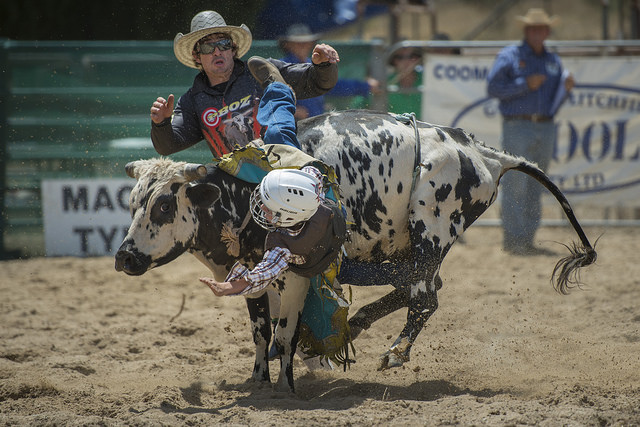Doing New Work
 If you know what to do, do it. But if you always know what to do, do something else. There’s no excitement in turning the crank every-day-all-day, and there’s no personal growth. You may be getting glowing reviews now, but when your process is documented and becomes standard work, you’ll become one of the trivial many that follow your perfected recipe, and your brain will turn soggy.
If you know what to do, do it. But if you always know what to do, do something else. There’s no excitement in turning the crank every-day-all-day, and there’s no personal growth. You may be getting glowing reviews now, but when your process is documented and becomes standard work, you’ll become one of the trivial many that follow your perfected recipe, and your brain will turn soggy.
If you want to do the same things more productively, do continuous improvement. Look at the work and design out the waste. I suggest you look for the waiting and eliminate it. (One hint – look for people or parts queueing up and right in front of the pile you’ll find the waste maker.) But if you always eliminate waste, do something else. Break from the minimization mindset and create something new. Maximize something. Blow up the best practice or have the courage to obsolete your best work. In a sea of continuous improvement, be the lighthouse of doing new.
When you do something for the first time, you don’t know how to do it. It’s scary, but that’s just the feeling you want. The cold feeling in your chest is a leading indicator of personal growth. (If you don’t have a sinking feeling in your gut, see paragraph 1.) But organizations don’t make it easy to do something for the first time. The best approach is to start small. Try small experiments that don’t require approval from a budget standpoint and are safe to fail. Run the experiments under the radar and learn in private. Grow your confidence in yourself and your thinking. After you have some success, show your results to people you trust. Their input will help you grow. And you’ll need every bit of that personal growth because to staff and run a project to bring your new concept to life you’ll need resources. And for that you’ll need to dance with the most dangerous enemy of doing new things – the deadly ROI calculation.
The R is for return. To calculate the return for the new concept you need to know: how many you’ll sell, how much you’ll sell them for, how much it will cost, and how well it will work. All this must be known BEFORE resources can be allocated. But that’s not possible because the new thing has never been done before. Even before talking about investment (I), the ROI calculation makes a train wreck of new ideas. To calculate investment, you’ve got to know how many person-hours will be needed, the cost of the materials to make the prototypes and the lab resources needed for testing. But that’s impossible to know because the work has never been done before. The ROI is a meaningless calculation for new ideas and its misapplication has spelled death for more good ideas than anything else known to man.
Use the best practice and standardize the work. There’s immense pressure to repeat what was done last time because our companies prefer incremental growth that’s predictable over unreasonable growth that’s less certain. And add to that the personal risk and emotional discomfort of doing new things and it’s a wonder how we do anything new at all.
But magically, new things do bubble up from the bottom. People do find the courage to try things that obsolete the business model and deliver new lines of customer goodness. And some even manage survive the run through the ROI gauntlet. With odds stacked against them, your best people push through their fears cut through the culture of predictability.
Imagine what they will do when you demand they do new work, give them the tools, time and training to do it, and strike the ROI calculation from our vocabulary.
Image credit – Tony Sergo
 Mike Shipulski
Mike Shipulski